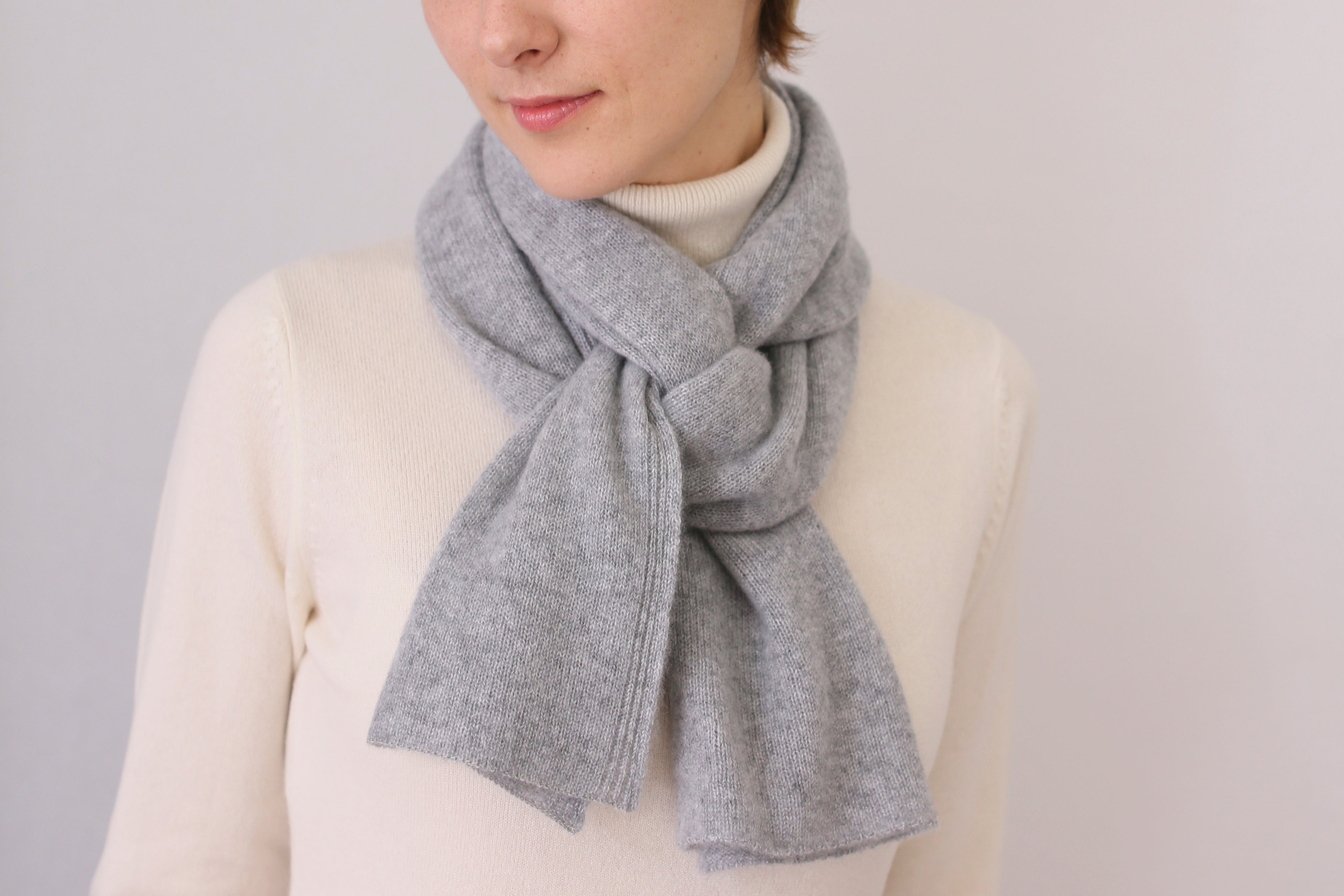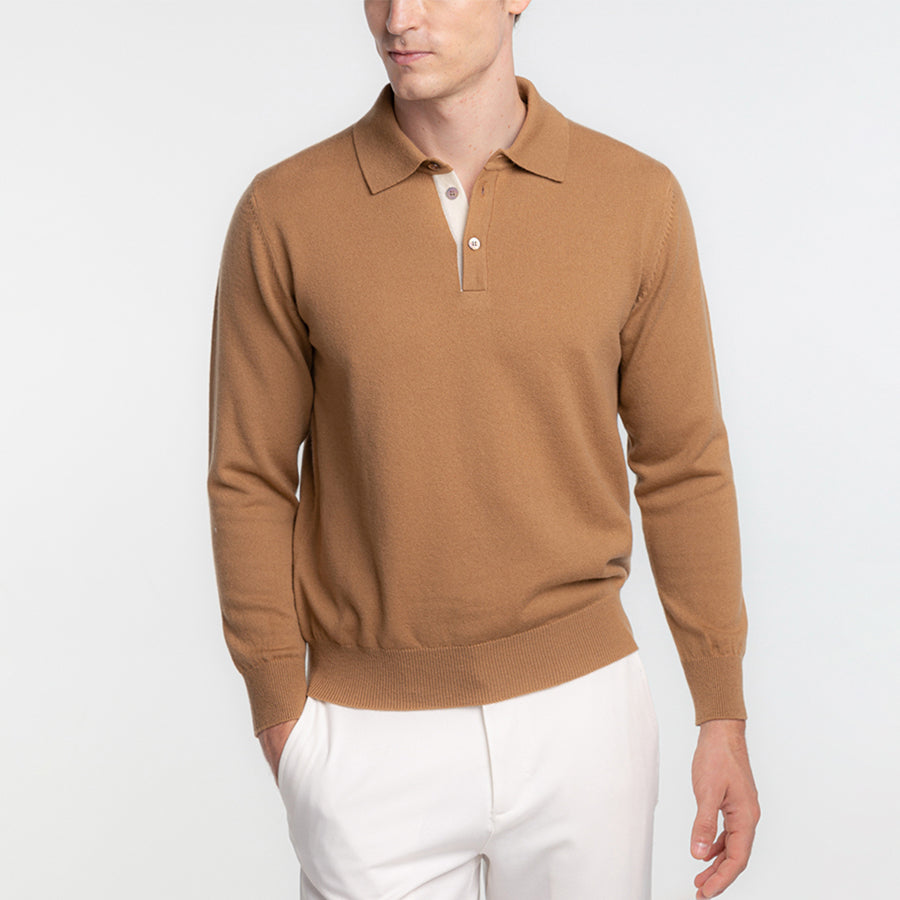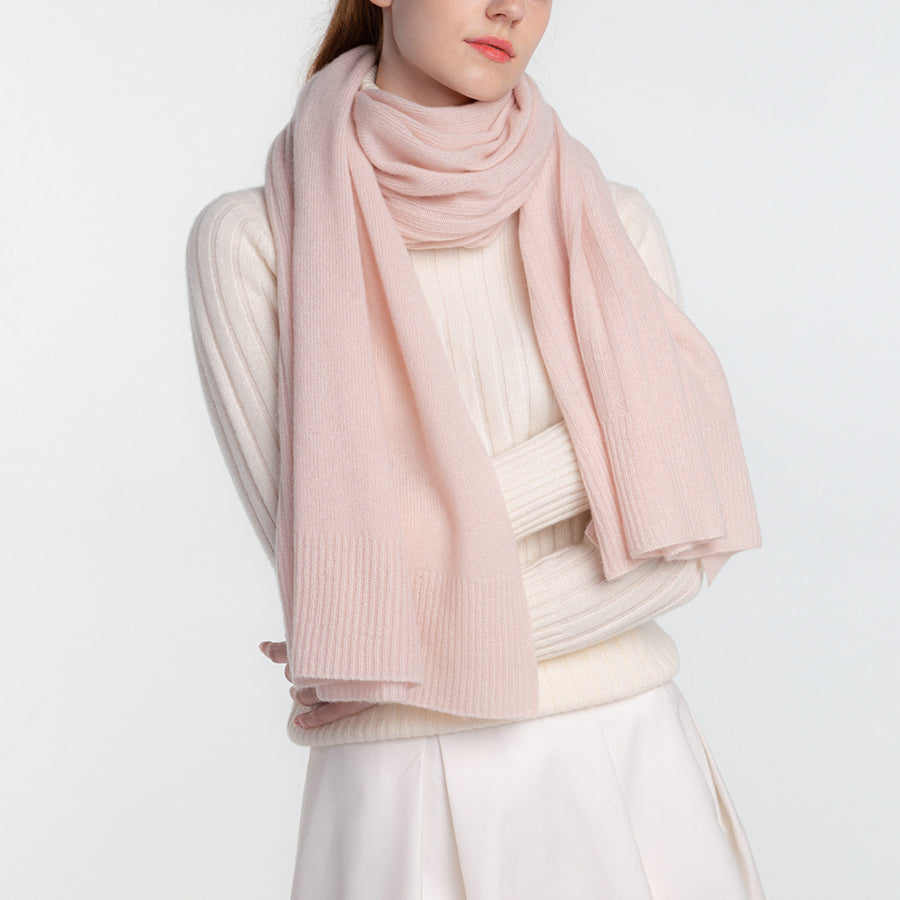Les pulls sont fabriqués à partir du bétail de 2 à 3 chèvres cachemire. Cachemire rare et précieux.

Les pulls sont fabriqués à partir de la laine de 2 à 3 chèvres cachemire environ.
cachemire rare et précieux
Le cachemire, surnommé le joyau de la laine, est issu de la famille des chèvres cachemire, qui vivent sur les hauts plateaux d'Asie centrale. Cette région connaît des hivers extrêmement froids, avec des températures pouvant descendre jusqu'à -30 °C, tandis que les étés peuvent dépasser les 40 °C.
Pour survivre aux hivers rigoureux, les chèvres cachemire développent un duvet léger et chaud entre leurs poils, qui tombe naturellement au printemps et est remplacé par le poil d'été. Nous, les humains, utilisons ce duvet pour confectionner des pulls, sans tuer ni blesser les chèvres cachemire pour récolter ce doux duvet. L'homme et le cachemire entretiennent une relation symbiotique harmonieuse.
Nous utilisons le duvet du cachemire pour fabriquer des pulls et des écharpes, mais de quelle quantité de duvet de cachemire avons-nous besoin ?
Le cachemire se démêle à l'aide d'un outil semblable à un râteau. Une tête de cachemire fournit environ 300 grammes de poils. J'ai déjà vu des moutons se faire tondre ; un mouton entier peut être tondu en 5 à 10 minutes environ, mais le cachemire est bien plus complexe. Il faut compter environ une heure pour le démêler, sans même parler de la tonte. J'ai eu l'occasion, une fois, de démêler le duvet du cachemire en Mongolie-Intérieure, une région productrice de cachemire en Chine, et c'est un travail si ardu que mes bras se crispent au bout de cinq minutes à peine.
Bien que le cardage soit un travail difficile qui se poursuit tout au long du printemps, c'est une période joyeuse pour les éleveurs de cachemire, car ils sont récompensés pour leur dur labeur tout au long de l'année.
La laine peignée est conditionnée dans d'énormes sacs et vendue à des négociants spécialisés. Certains de ces négociants se rendent directement chez les éleveurs qui font paître leurs troupeaux sur de vastes étendues et leur achètent la laine récoltée.
Les poils cardés sont appelés « poils de la terre », et ils contiennent non seulement des poils duveteux, mais aussi des poils durs appelés soies, des poils piquants, des arbres et de l'herbe morts, de la terre et du sable, et d'autres impuretés provenant d'une année de cachemire.
Après avoir tamisé la terre pour enlever le sable et la boue, les petites branches et les feuilles sont retirées à la main, puis les poils sont lavés. Une fois lavés, les poils duveteux sont éliminés selon un procédé appelé seimou, propre au cachemire. Ce procédé permet d'obtenir les poils duveteux et moelleux qui ressemblent à de la barbe à papa, mais à ce stade, leur quantité est réduite de moitié par rapport à ce qu'elle était lors de la récolte.
Le duvet du cachemire est utilisé pour la fabrication de tricots, les fibres courtes pour des tissus comme les manteaux et les costumes, et les fibres épaisses et relativement courtes pour les couvertures.
Bien que cela soit peu connu du grand public, le cachemire le plus fin est généralement utilisé avant tout pour la confection de vêtements en maille.
De chaque tête de cachemire, on extrait 300 grammes de poils, que l'on sépare en soies et en duvet, pour un rendement final d'environ 180 grammes. Environ 140 grammes de ce précieux cachemire sont utilisés pour l'étole UTO Angel. Autrement dit, le pull pour femme équivaut à deux têtes de cachemire, et le pull pour homme à trois têtes.







